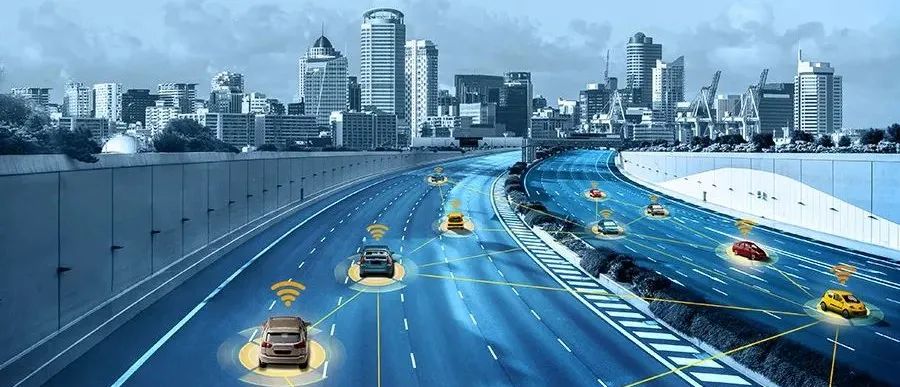 Image Source: stock.adobe.com
Image Source: stock.adobe.comVehicle to Everything (V2X) technology, simply put, enables vehicles to communicate with various objects that they can interact with, including other vehicles, pedestrians, roadside infrastructure, and networks. V2X connects pedestrians, vehicles, roads, clouds, and other traffic elements, allowing vehicles to gather more information and facilitating innovation and application of autonomous driving technologies. Furthermore, V2X helps in building intelligent transportation systems, developing new vehicle and transportation service models, improving traffic efficiency, conserving resources, reducing pollution, avoiding traffic accidents, and enhancing traffic management.
To a large extent, V2X technology is becoming one of the key factors determining the success of autonomous vehicles in the coming years. Many top car manufacturers, including BMW, Mercedes, Land Rover, Renault, and Volkswagen, have joined the V2X development camp.

What is V2X Technology?
V2X is a new generation of radio communication technology that enables real-time communication between vehicles and their environmental elements, such as other vehicles, road infrastructure, pedestrians, motorcyclists, cyclists, and anyone or anything else using the road. According to its initial design, this technology primarily relies on Dedicated Short Range Communications (DSRC) operating in the 5.9 GHz frequency band to establish reliable radio links.
The main goal of V2X is to save lives, which can be achieved by controlling vehicle movement in emergency situations. Another important goal related to vehicle control is to improve traffic efficiency by enhancing coordination with surrounding vehicles. V2X technology allows vehicles to exchange information with surrounding vehicles and infrastructure within a radius of nearly 1,000 meters. If the information exchanged through V2X is combined with current Advanced Driver Assistance Systems (ADAS) input data, it can effectively expand actual visibility and prevent accidents.
Connected vehicles exchange several types of V2X messages, sharing data that includes everything from location, speed, and direction to any nearby obstacles. Decentralized Environmental Notification Messages (DENM) allow connected vehicles to send/receive alerts about dangerous driving behaviors, accidents, hazardous weather conditions, and traffic. These alerts can be used to determine necessary warnings and related measures.
By reducing speed based on V2X data, potential accidents can be prevented or significantly mitigated. Vehicles several hundred meters apart can communicate using V2X. Dangerous situations can often be detected long before drivers or other driving assistance sensors notice them. In most cases, sudden braking or rapid maneuvering is not necessary, as prior warnings give drivers sufficient time to slow down and slightly alter the vehicle’s path to avoid potential hazards.

Four Steps to Create Secure Embedded Systems
Ensuring that embedded systems are sufficiently secure is no easy task, and currently, there is no universal security policy for all embedded devices in the industry. However, designers can try to develop a secure and reliable embedded system by focusing on the following four aspects.
First, assess potential threats and vulnerabilities. Specific actions include analyzing the product lifecycle, evaluating the impact of developers, hardware manufacturers, software suppliers, telecom operators, users, and any stakeholders on the final product’s security, identifying all possible software and physical attack points and their likelihood of occurrence, and formulating technical specifications with security requirements.
Second, design a reliable software architecture based on requirements. Make full use of middleware and virtualization technology for component partitioning, and allow multiple operating systems to run on a shared platform.
Third, choose tools and components. The security of the software development platform selected for the embedded system is crucial; it must comply with international or regional security standards. The choice of system hardware is equally important, and all circuit boards, sensors, and peripherals purchased from manufacturers and distributors should meet the security standards required for the solution.
Fourth, conduct security testing. Security testing of hardware and software components in embedded systems should not be overlooked and must be performed independently of other system testing functions.

V2X Architecture
V2X technology encompasses various communication forms, including V2V (Vehicle to Vehicle), V2I (Vehicle to Infrastructure), V2P (Vehicle to Pedestrian), and V2C (Vehicle to Cloud).

Figure 1: V2X Architecture (Image Source: ADI)
V2V (Vehicle to Vehicle): V2V enables wireless exchange of data regarding speed, location, and direction between vehicles, aiming to alleviate road congestion and reduce traffic accidents by predicting potential collisions. V2V can also be used to alert surrounding vehicles about emergency braking, hazardous traffic conditions, and weather conditions.
V2P (Vehicle to Pedestrian): The World Health Organization reports that nearly 270,000 pedestrians die in traffic accidents worldwide each year. V2P technology has the potential to significantly reduce this number. Additionally, V2P technology on smartphones and other smart devices can help pedestrians exchange useful data with vehicles. Besides sharing location information, pedestrians’ devices can also warn drivers that they need more time to cross the street. This technology will provide certain protection for the elderly and children, making it a very practical feature.
V2I (Vehicle to Infrastructure): V2I is an intelligent communication technology that allows vehicles to communicate with road infrastructure. This is a global technology aimed at helping realize smart cities and making roads safer worldwide. V2X roadside units (RSUs) are also used to warn vehicles about road conditions, such as construction, so they can safely slow down and change lanes to avoid potential dangers from sudden braking. According to public data, thousands of roadside units equipped with V2X devices and cameras are already in use in the United States, Europe, and Asia, with deployment projects initiated in over 25 U.S. states and 20 EU member countries.
V2C (Vehicle to Cloud): The goal of V2C is to enable vehicles to communicate with the cloud. In fact, vehicles use V2C technology to access infotainment and other in-car services, effectively enhancing driving efficiency and enjoyment.
V2X technology is one of the key factors determining the success of autonomous vehicles in the coming years. This technology is rapidly emerging and has the potential to overcome the limitations of ADAS (Advanced Driver Assistance Systems) while ensuring road safety and reducing energy/fuel consumption by alleviating traffic congestion. Audi America is the first manufacturer to announce the expansion of traffic signal information through V2X technology, which includes the Green Light Optimal Speed Advisory (GLOSA) system, providing Audi drivers with speed recommendations to help them catch green lights.

V2X Development Roadmap
The application process of V2X will be rolled out in phases, referred to as “Day 1,” “Day 2,” and “Day 3.” Day 1 V2X provides life-saving situational awareness; Day 2 V2X applications can utilize sensor data shared from other vehicles; Day 3 V2X applications primarily provide ways for vehicles to negotiate with each other to enhance road efficiency and safety. To simplify the introduction of V2X, the early Day 1 implementation will only alert drivers without controlling vehicles.
The transition from one V2X deployment phase to the next, such as from Day 1 to Day 2, will be constrained by multiple factors.
First, the availability of next-generation communication standards: Each use case in every phase of V2X requires high reliability and extremely high levels of communication throughput. Therefore, advanced new communication standards such as 3GPP C-V2X Rel.16 or IEEE 802.11bd should be prioritized. These standards are currently under development and will be commercialized in a few years.
Second, the prevalence of Automated Vehicles (AVs): AVs will operate more reliably on V2X, especially in terms of reliable target detection with rich data, traffic light indications, coordination among road users, and obstacle detection capabilities. The higher the prevalence of highly automated vehicles, the greater the demand for V2X Day 2 / Day 3 deployments.
Regarding the development of V2X, market expectations are as follows: Day 1 services are expected to be deployed on a large scale starting in 2019; Day 2 service deployments are planned to begin by the end of 2024; and Day 3 is anticipated to occur by 2028.
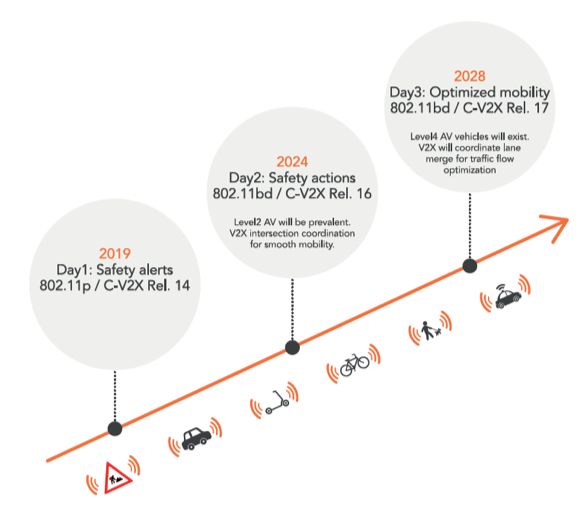
Figure 2: Expected V2X Development Roadmap (Image Source: Auototalk)

Two Wireless Access Technologies in V2X
Currently, there are two wireless technologies that complement each other to meet the key requirements of V2X services. These two technologies are C-V2X and DSRC/ITS-G5, which operate in different licensed and unlicensed frequency bands.
#01
DSRC/ITS-G5
DSRC is a standard established by IEEE and supported by major vehicle manufacturers. Its standardization process can be traced back to 2004, when IEEE developed a new vehicular communication standard under the 802.11 wireless LAN (WLAN) standard series, namely IEEE 802.11p, which stabilized around 2007. Subsequently, IEEE began to develop the 1609.x series of standards as a security framework for V2X. Meanwhile, the Society of Automotive Engineers (SAE) started to formulate standards for V2V applications based on the needs of the automotive industry, referring to it as DSRC, using the communication standards of IEEE 802.11p and 1609.x. Unlike other common communication protocols like WiFi and Bluetooth, a segment of 75 MHz bandwidth in the 5.9 GHz frequency band has been designated as the exclusive spectrum for DSRC.
#02
C-V2X
C-V2X (Cellular V2X) is a communication technology based on 3GPP global standards and evolved from cellular communication technologies such as 4G/5G, including LTE-V2X and 5G-V2X.
In recent years, DSRC was the only available V2X technology. After numerous large-scale field tests, DSRC-based V2X was put into production in Japan in 2015 and in selected models in the United States in 2017. In 2019, Volkswagen launched the Golf 8 based on DSRC, which was the company’s first vehicle to use V2X technology in the market. In the United States, thousands of RSUs equipped with DSRC V2X have been deployed. Meanwhile, China has been promoting the deployment of C-V2X. The discussions regarding the development and application scenarios of both DSRC and C-V2X technologies are still ongoing.
In terms of V2X deployment, Europe is at the forefront of the industry. Following the launch of the Volkswagen Golf 8, the Volkswagen ID.electric series is also equipped with DSRC-based V2X technology, representing a large-scale implementation of V2X in global mass-produced vehicles. In terms of infrastructure construction, Austria’s highway operator ASFINAG has begun installing DSRC V2X technology on highways nationwide.

V2X Products and Use Cases
As part of the “Green Transportation” innovation project, the Hamburg Port Authority in Germany collaborates with NXP, Siemens, and other companies to use NXP V2X technology to improve traffic flow in busy port areas. V2X roadside units (RSUs) have been installed on local traffic light controllers. Since early 2021, 150 trucks equipped with V2X technology have been gradually deployed. The bidirectional communication between RSUs and OBUs allows truck drivers equipped with OBUs to request priority at traffic intersections, and RSUs send speed recommendation information and countdowns for the next traffic light to OBUs. These V2X deployments have been achieved through NXP’s RoadLINK V2X product series. The chipsets used are the single-chip V2X modem SAF5400 and fully certified hardware security module SXF1800, meeting the common standards EAL4+ and FIPS 140-2 Level 3.
NXP RoadLINK SAF5400/V110 is a second-generation V2X solution that supports the global DSRC standards defined in Europe, North America, and South Korea, providing a high-performance Elliptic Curve Digital Signature Algorithm (ECDSA) verification engine, MRC antenna diversity, and remote antenna control. The SAF5300/SAF5400 transceivers with software-defined radio (SDR) processors provide system solutions for V2V and V2I applications, covering V2X applications worldwide, with high-quality communication performance and AEC-Q100 Grade 2 qualification. The transceiver integrates RFCMOS chips, combined with baseband processors, to perform digital modulation (PHY) and media access control (MAC) processing.
The SAF5400 chip used in the RoadLink solution is an automotive-certified single-chip DSRC modem suitable for V2X applications, capable of receiving and verifying up to 2,000 messages per second, providing better assurance for the messages transmitted and received based on software-defined high RX/TX quality. Additionally, the SAF5400 adopts a ball grid array (LFBGA249) package, occupying very little PCB space, making it very suitable for multi-layer PCBs.
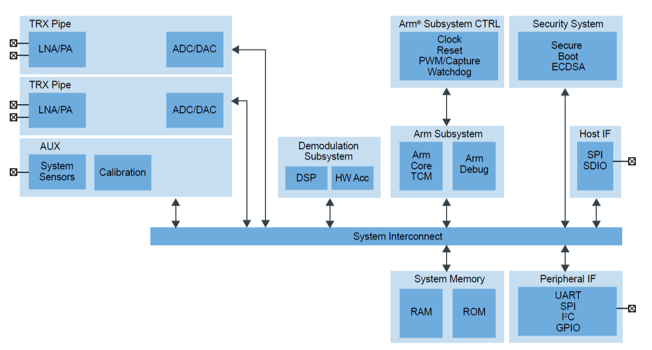
Figure 3: SAF5400 Chip Block Diagram (Image Source: NXP)
DSRC and C-V2X stem from different technologies, with DSRC originating from WiFi, which can leverage existing ETC resources and infrastructure for deployment, making it easier to promote. However, it also faces issues such as low transmission reliability and speed, short transmission range, high transmission delay, and poor communication penetration. C-V2X, originating from LTE, especially with the large-scale commercialization of 5G, boasts unique advantages such as high transmission reliability, hundreds of megabits transmission speed, theoretical transmission range of up to 1,000 meters, and low transmission delay of 1-3 milliseconds, making it trend towards a latecomer advantage in the V2X application market. However, for any mobile network operator, providing 100% cellular network coverage is a significant challenge. Gaps in radio coverage can lead to worse consequences for connected and autonomous driving. ADI’s RadioVerse solution provides radio enhancement capabilities for C-V2X, allowing it to operate even without network coverage.
ADRV9026 is one of the products in the RadioVerse portfolio for dual-band software-defined radio (SDR), a single-chip, highly integrated RF IC. It has four transmit and four receive channels, which can be independently programmed and controlled. By using advanced local oscillator structures, ADRV9026 can transmit and receive simultaneously across multiple bands below 6 GHz. Figure 4 shows an example of concurrent transmission and reception using a single RF IC ADRV9026 across different bands or wireless accesses.
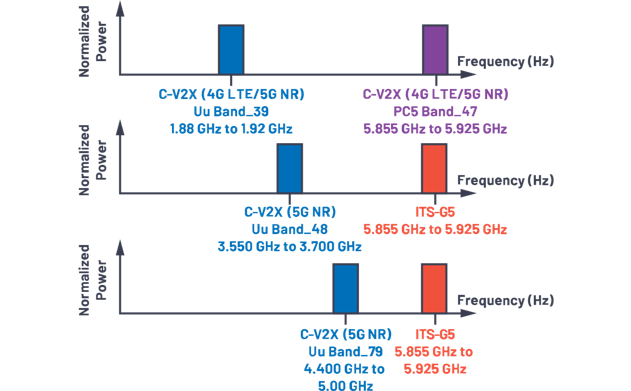
Figure 4: ADRV9026 can transmit and receive simultaneously across multiple bands (Image Source: ADI)

Outlook for V2X
Currently, many V2X trials are underway worldwide, with the United States, China, and many EU member countries actively deploying projects related to V2X infrastructure. Automotive manufacturers supporting V2X include internationally renowned companies such as Audi, BMW, Daimler, Ford, Land Rover, Renault, Tesla, and Toyota. In addition, a large number of semiconductor companies are also vigorously laying out the V2X industry, with NXP, ADI, Qualcomm, Bosch, and Intel having developed and launched corresponding V2X intelligent transportation products. Perhaps V2X technology will be found in every corner of the world in the next decade.
According to Industry Research, the global V2X market is expected to grow from $1.865 billion in 2021 to $19.3 billion by 2028, with a compound annual growth rate (CAGR) of 38% during the period from 2022 to 2028. Markets and Markets Research estimates that by 2027, the penetration rate of V2X technology will reach about 60%. From the perspective of major players, the United States is expected to become a global leader, with North America being the largest V2X market from 2017 to 2025, followed by EU countries. By 2025, the V2X cybersecurity market alone is projected to reach $365 million. Although V2X may seem like an emerging technology today, it will soon become a fixture in most infrastructure plans.
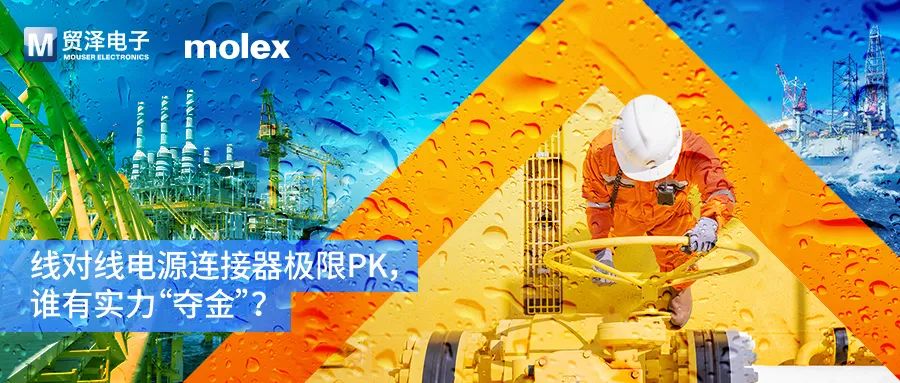
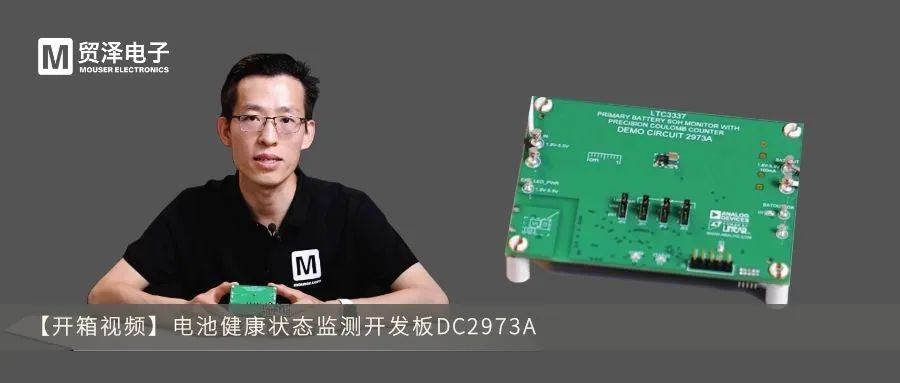
Mouser Electronics is a global authorized distributor of semiconductors and electronic components, serving a vast community of electronic design engineers. Mouser Electronics is authorized to distribute nearly 1,200 well-known brands, offering millions of products online, providing customers with a one-stop procurement platform. We welcome you to follow us for first-hand design and industry information!

